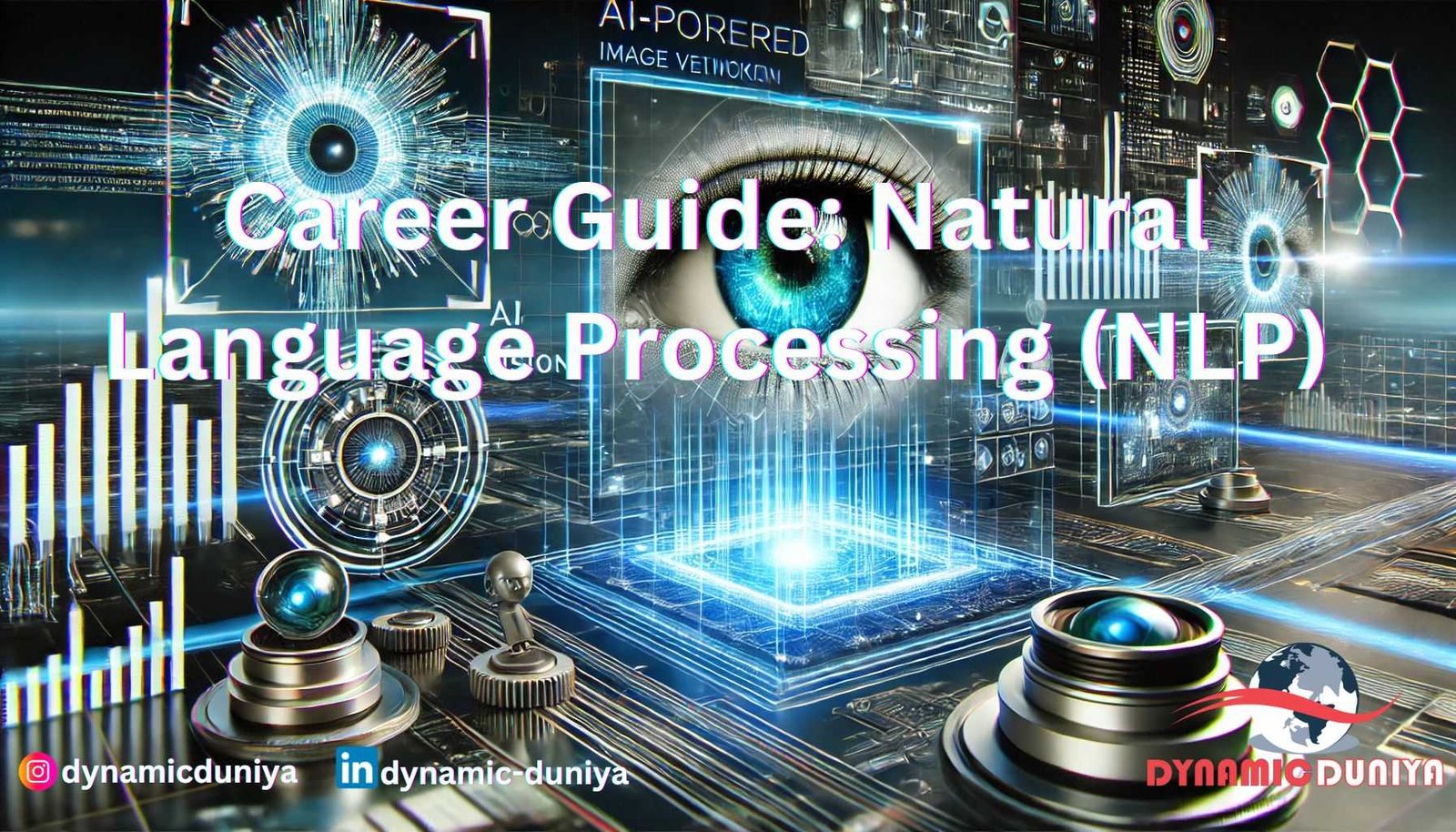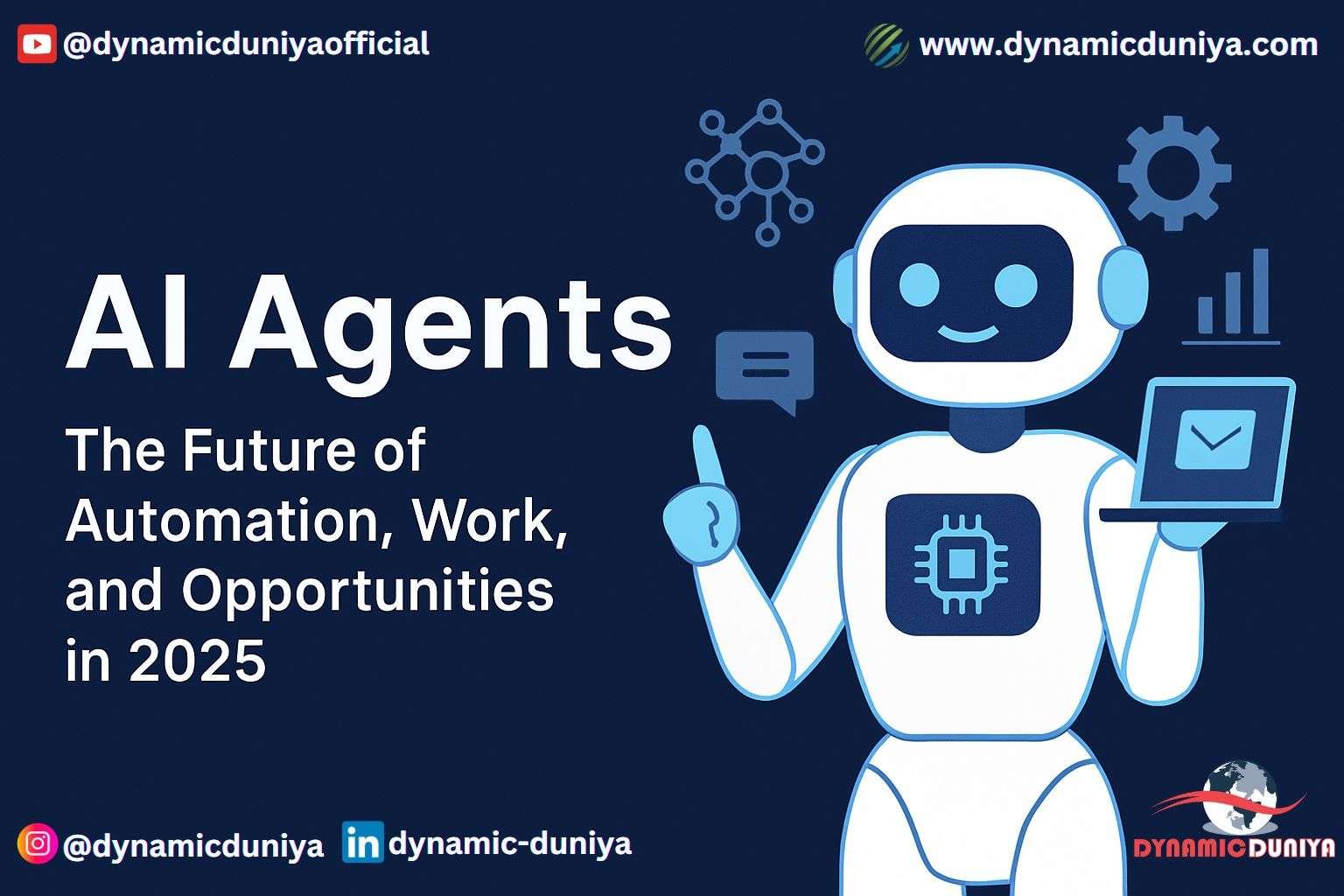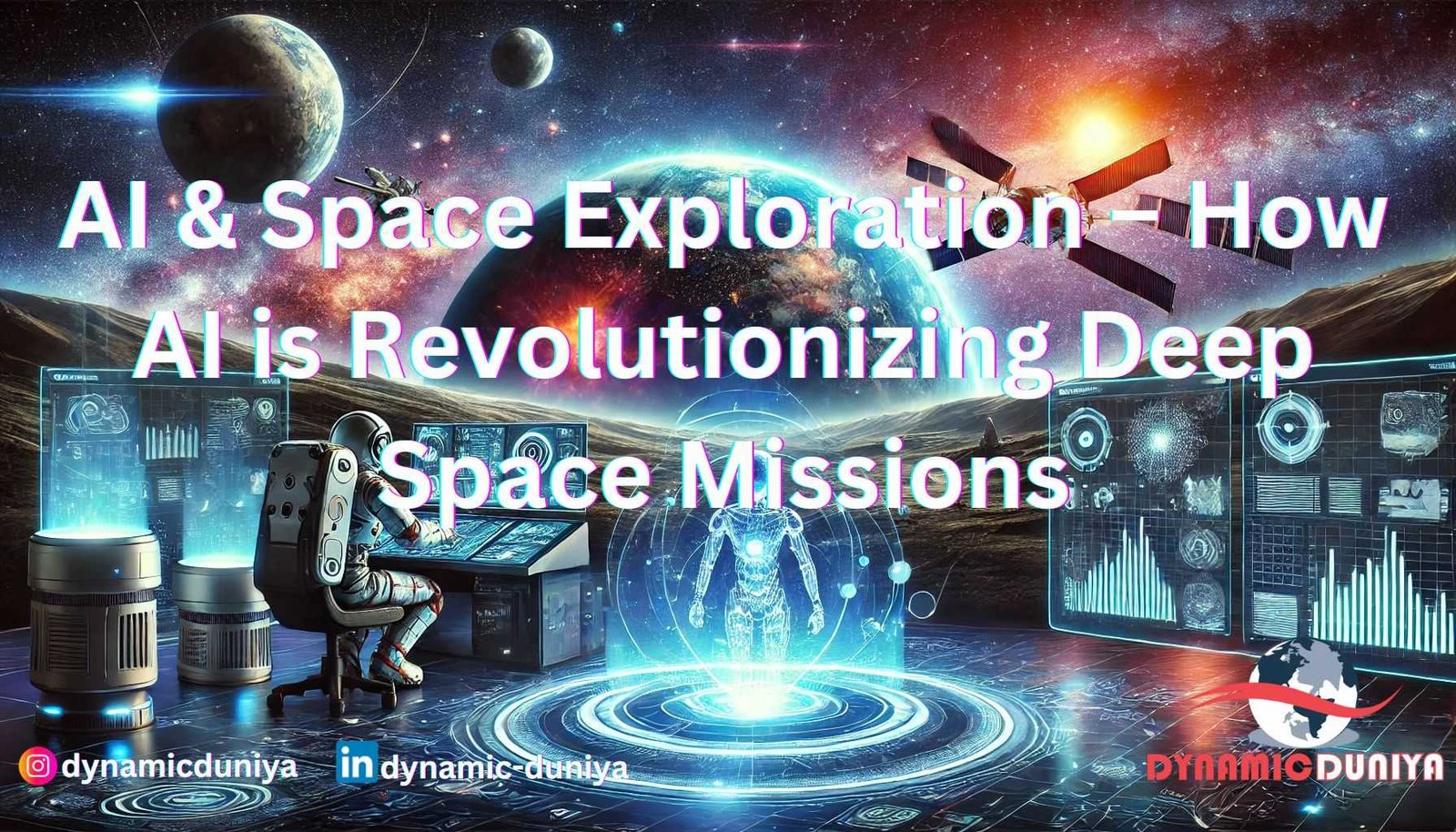Career Guide: Natural Language Processing (NLP)

Introduction
In today’s digital era, communication between humans and machines is more seamless than ever, thanks to Natural Language Processing (NLP). Whether it’s chatbots, voice assistants, sentiment analysis, or language translation, NLP is shaping the future of AI. If you’re looking for a career in NLP, this guide will help you understand the field, required skills, career opportunities, and how to get started.
What is NLP?
Natural Language Processing (NLP) is a branch of Artificial Intelligence (AI) that enables computers to understand, interpret, and generate human language. It combines computational linguistics with machine learning and deep learning to process and analyze textual and spoken data.
- Real-World Applications of NLP
- Chatbots & Virtual Assistants (Siri, Alexa, Google Assistant)
- Machine Translation (Google Translate, DeepL)
- Sentiment Analysis (Social media monitoring, customer feedback analysis)
- Speech Recognition (Speech-to-text applications, voice commands)
- Text Summarization (News aggregation, document summarization)
- Spam Detection (Filtering unwanted emails and messages)
Why Choose NLP as a Career?
The NLP industry is booming with opportunities due to the increasing demand for AI-powered communication tools. Here are some key reasons why NLP is an exciting career path:
High demand for NLP professionals across industries like healthcare, finance, and e-commerce.
Competitive salaries and numerous job openings in top tech companies.
Innovative research and new breakthroughs in deep learning & language models.
Work on real-world problems and impact millions of users globally.
Skills Required for NLP Careers
To succeed in NLP, you’ll need a blend of technical and analytical skills:
Technical Skills:
Programming Languages – Python (most common), Java, R
Machine Learning & Deep Learning – Supervised & unsupervised learning, neural networks
NLP Libraries & Frameworks – NLTK, spaCy, Stanford NLP, Gensim
Deep Learning for NLP – TensorFlow, PyTorch, Transformers (BERT, GPT)
Data Preprocessing & Text Analytics – Tokenization, stemming, lemmatization, POS tagging
Soft Skills:
Critical Thinking – Ability to analyze complex text-based data
Problem-Solving – Finding the best NLP model for real-world use cases
Communication – Presenting NLP results to non-technical stakeholders
Career Paths in NLP
NLP opens doors to a variety of exciting roles:
1. NLP Engineer
- Build and optimize NLP models for chatbots, voice assistants, and translation tools.
- Work with deep learning models like BERT, GPT, and LSTMs.
2. Data Scientist (NLP Focused)
- Analyze text data to extract meaningful insights.
- Use machine learning and NLP to solve business problems.
3. Computational Linguist
- Focus on the linguistic aspects of NLP.
- Work on syntax, semantics, and morphology of languages.
4. AI Researcher (NLP Specialist)
- Work in academia or R&D to improve NLP algorithms and models.
- Publish research papers on AI-driven text analysis.
5. Speech Recognition Engineer
- Develop voice-based AI applications.
- Optimize speech-to-text models.
Tools & Technologies for NLP
Here are some essential tools to master:
Libraries – NLTK, spaCy, Gensim, CoreNLP
Deep Learning Frameworks – TensorFlow, PyTorch, Hugging Face Transformers
Cloud NLP Services – Google Cloud NLP, AWS Comprehend, Microsoft Azure NLP
Databases & Big Data – SQL, NoSQL, Apache Spark
How to Start a Career in NLP?
Step 1: Learn the Basics
Take online courses on NLP, AI, and machine learning. Platforms like Coursera, Udacity, and edX offer specialized NLP courses.
Step 2: Gain Hands-on Experience
Work on real-world projects, such as sentiment analysis, chatbot development, or text summarization.
Step 3: Build a Strong Portfolio
Showcase your projects on GitHub and Kaggle.
Step 4: Stay Updated
Follow research papers, blogs, and NLP conferences (ACL, EMNLP, NeurIPS).
Step 5: Apply for Jobs & Internships
Tailor your resume for NLP positions and start applying!
Future Trends in NLP
Large Language Models (LLMs) – BERT, GPT, T5 continue to evolve.
Multilingual NLP – NLP systems that support multiple languages.
Conversational AI – AI-driven virtual assistants & chatbots will become more human-like.
Explainable NLP – Making AI’s decision-making in text analytics more transparent.
Conclusion
Natural Language Processing (NLP) is one of the most exciting fields in AI, offering numerous career opportunities and applications across industries. Whether you're a beginner or an experienced professional, learning NLP can open doors to top tech companies, research roles, and AI-driven innovations.
Start your NLP journey today and be part of the future of human-machine interaction!
Random Blogs
- What to Do When Your MySQL Table Grows Too Wide
- Navigating AI Careers in 2025: Data Science, Machine Learning, Deep Learning, and More
- Variable Assignment in Python
- Robotics & AI – How AI is Powering Modern Robotics
- OLTP vs. OLAP Databases: Advanced Insights and Query Optimization Techniques
- Best Platform to Learn Digital Marketing in Free
- Datasets for analyze in Tableau
- Downlaod Youtube Video in Any Format Using Python Pytube Library
- String Operations in Python
- The Ultimate Guide to Starting a Career in Computer Vision
Prepare for Interview
- JavaScript Interview Questions for 5+ Years Experience
- JavaScript Interview Questions for 2–5 Years Experience
- JavaScript Interview Questions for 1–2 Years Experience
- JavaScript Interview Questions for 0–1 Year Experience
- JavaScript Interview Questions For Fresher
- SQL Interview Questions for 5+ Years Experience
- SQL Interview Questions for 2–5 Years Experience
- SQL Interview Questions for 1–2 Years Experience
- SQL Interview Questions for 0–1 Year Experience
- SQL Interview Questions for Freshers
- Design Patterns in Python
Datasets for Machine Learning
- Awesome-ChatGPT-Prompts
- Amazon Product Reviews Dataset
- Ozone Level Detection Dataset
- Bank Transaction Fraud Detection
- YouTube Trending Video Dataset (updated daily)
- Covid-19 Case Surveillance Public Use Dataset
- US Election 2020
- Forest Fires Dataset
- Mobile Robots Dataset
- Safety Helmet Detection
- All Space Missions from 1957
- OSIC Pulmonary Fibrosis Progression Dataset
- Wine Quality Dataset
- Google Audio Dataset
- Iris flower dataset
- Artificial Characters Dataset
- Bitcoin Heist Ransomware Address Dataset






